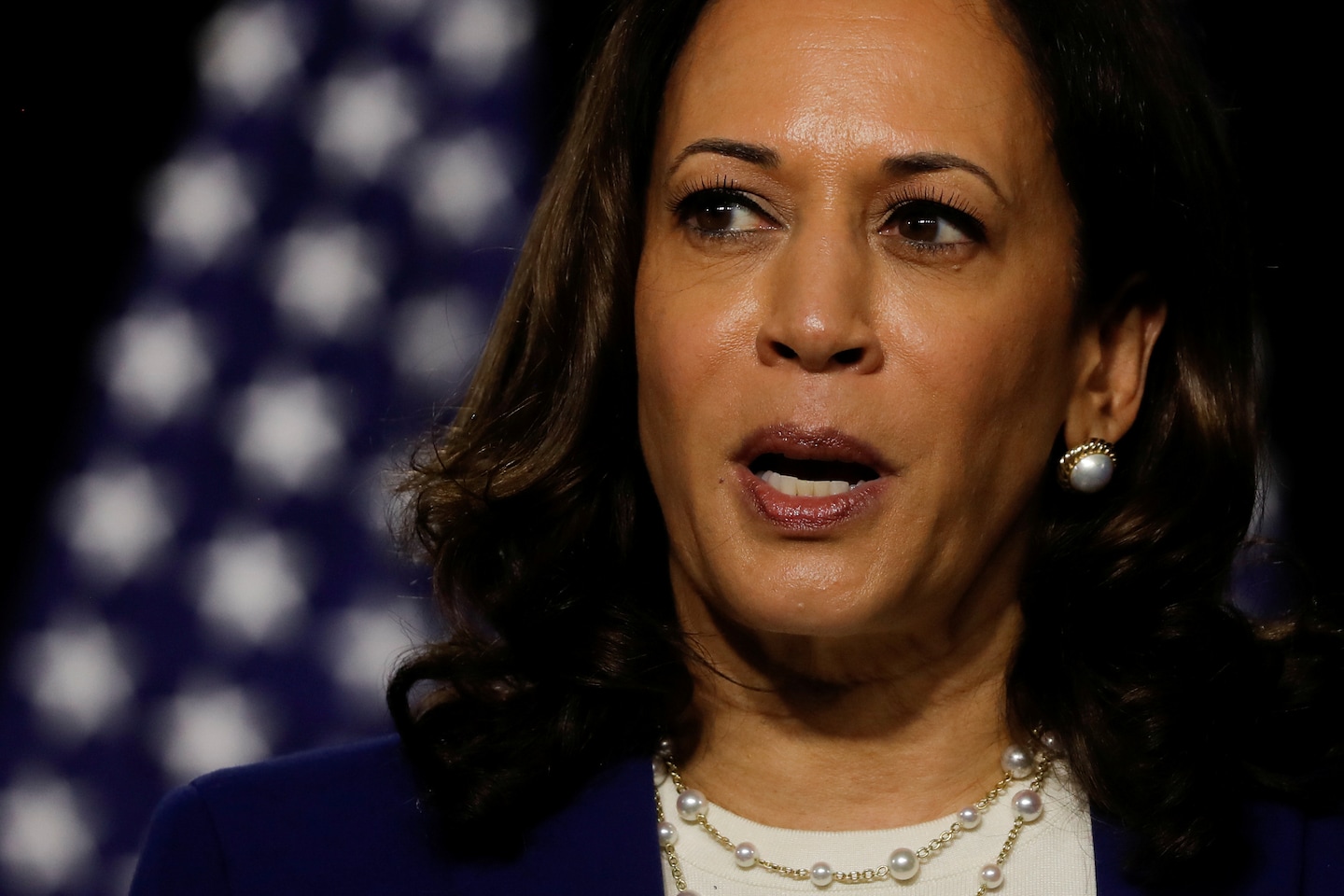Why Harris’s criticism of Biden for opposing busing was especially peculiar

Melnick’s recent essay, “Desegregation, Then and Now,” in National Affairs performs an autopsy on judicially mandated reassignment of schoolchildren away from neighborhood schools for the purpose of achieving racial balance. Meaning forced busing, as it was known when, Melnick says, “it nearly tore the [Democratic Party] apart.” Given the party’s current monomania about race, it is well to revisit this misbegotten policy that was born from 1960s dilemmas and died from subsequent contradictions.
Melnick, who teaches politics at Boston College, reminds readers that the Supreme Court’s school desegregation decisions during the 1950s required school officials to determine admission to public schools “on a nonracial basis.” Neighborhood schools — often a reason for a family’s largest investment, its home — would not be threatened because race-based assignments of students to schools would be prohibited.
But “desegregation” was given the opposite meaning between the mid-1960s and 1973 by federal courts, including the Supreme Court, which were provoked by perverse Southern ingenuity in devising policies that Melnick says were designed to inhibit Black students from transferring to formerly White schools. At first, race-based plans were genuinely remedial, requiring not strict racial balances but only evidence that old patterns were changing. Otherwise, Melnick says, federal judges would have had to abandon “the entire desegregation effort.”
Then, however, the Supreme Court issued what Melnick calls “the enigmatic command” for elimination of “racially identifiable” schools. Must each school’s racial composition reflect that of the entire school system? In 1971, the court seemed to say so, even if it required extensive busing. This, Melnick says, became the “foundational opinion” for the proposition that desegregation requires rather than prohibits racial assignments to particular schools.
Beginning in 1973, this policy was applied outside the South as the problem was redefined from state-enforced separation of the races to racial “isolation,” regardless of the cause. This became an article of faith, an assertion that quickly came to be treated as what the asserters of it lacked: evidence. They asserted that Black children in Black-majority schools do not flourish — in terms of aspirations and confidence — as much as other Black and White children do. Busing, which proceeded in the absence of empirical justification, caused White flight to suburbs, leaving too few Whites to produce the supposed optimum (70 percent) for urban schools.
So, in 1972, on the unsubstantiated theory that Black children could only receive adequate education in majority-White schools, a court ordered the creation of a new school district encompassing Detroit and 52 suburbs. Alabama segregationist Gov. George Wallace easily won Michigan’s 1972 Democratic presidential primary.
Today, with large and growing numbers of Hispanic and Asian pupils, what constitutes “racial isolation” is unclear. As is the idea that schools have become “re-segregated”: There has been a substantial increase in the number of children in schools with students of other races. Melnick asks: Is a school with many Black, Hispanic and Asian students but few Whites deplorably “segregated” or admirably “diverse”? Who is “isolated” from whom?
Melnick cites research revealing that Black students often have higher self-esteem than White students and that Black children in predominantly minority schools have higher self-esteem than Black children in predominantly White schools. And that the aspirations of Black students in Black-majority schools are at least as high as those of White students in White-majority schools.
Busing frequently meant, Melnick says, angry parents of all ethnicities, tired students with less time for academic work, diminished parental involvement in non-neighborhood schools and less political support for public schools. Since the gradual death of busing, there has been much learning about how to improve minority children’s learning: increased per-pupil spending, reduced class sizes, magnet schools, experienced teachers and early learning opportunities.
When Harris, pandering to progressives whose enthusiasm for science does not extend to the social sciences, attacked Biden for opposing busing half a century ago, he said he opposed only busing that was not decided by local governments. This meant, practically, that he opposed busing: Federal courts created something that no local government would create, a policy as futile as it was detested.
Harris subsequently indicated that she does not support busing now. This is perhaps unfortunate. Advocating busing would produce a welcome rarity during today’s polarization: a broad bipartisan consensus. Most would agree that, with busing, once was one time too many.
Read more:






